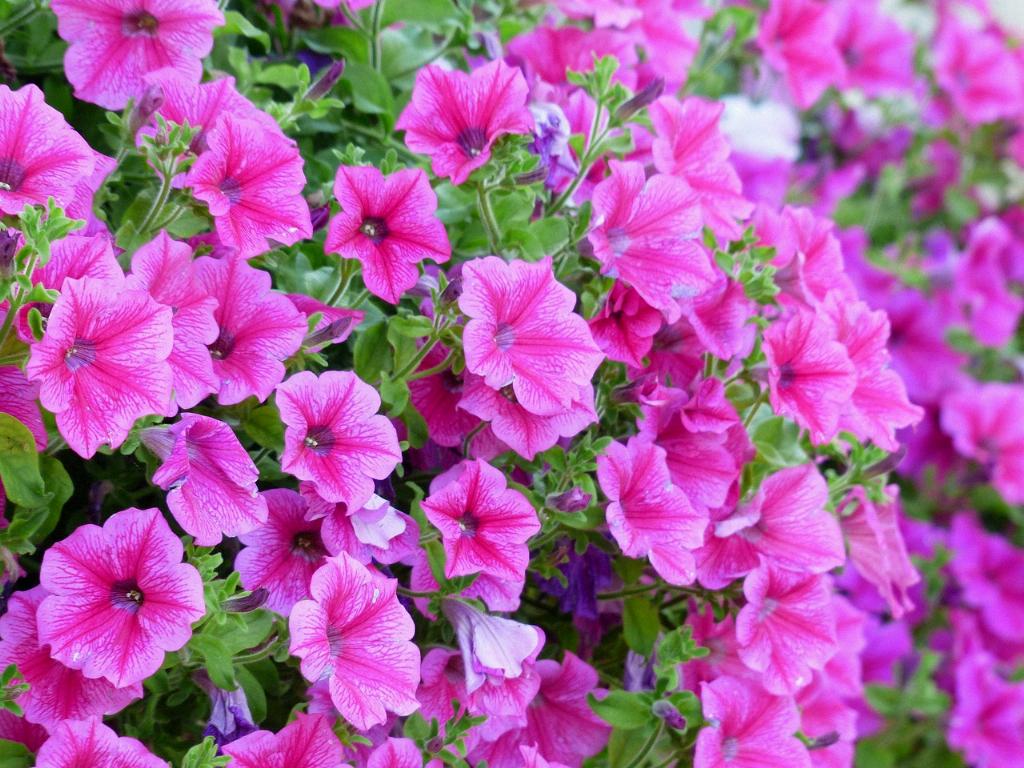Petunias are beautiful and popular flowering plants that are widely appreciated for their vibrant colors and ability to bloom abundantly. These versatile flowers come in various hues, sizes, and forms, making them a favorite choice for many gardeners and landscapers. One of the key aspects that make petunias so appealing is their ability to bloom profusely, creating a stunning display of color in gardens, containers, and hanging baskets.
For petunias, blooming is not just a matter of aesthetic appeal; it is essential for the overall health and vitality of the plant. Blooming plays a vital role in the reproductive cycle of petunias, allowing them to produce seeds for future generations and ensuring their continued growth and survival in the garden ecosystem.
Understanding Petunia Blooms
Several factors influence the blooming of petunias, including environmental conditions, soil quality, and proper care practices. To maximize the blooming potential of petunias, it is crucial to understand these factors and create an optimal growing environment for these delicate flowers.
Petunias thrive best in well-drained soil with good fertility and adequate moisture levels. They prefer full sun exposure, requiring at least 5 to 6 hours of sunlight daily to promote healthy growth and abundant flowering. Inadequate sunlight can result in reduced blooming and overall plant vigor.
Tips for Getting Petunias to Bloom
When it comes to getting petunias to bloom, selecting the right variety is the first step towards success. Choose petunia cultivars that are known for their prolific blooming habits and adaptability to your specific growing conditions. Proper planting techniques, such as providing adequate spacing and ensuring proper soil preparation, are essential for establishing healthy petunia plants.
Watering and fertilizing practices also play a crucial role in encouraging petunias to bloom. Maintain consistent moisture levels in the soil, avoiding both drought stress and waterlogged conditions. Regular feeding with a balanced fertilizer can help promote flowering and overall plant health.
In addition to water and nutrients, petunias require regular deadheading and pruning to remove spent blooms and encourage continuous flowering. This practice helps redirect the plant’s energy towards new flower production, prolonging the blooming period and enhancing the visual appeal of the plant.
Troubleshooting Common Blooming Issues
Despite their resilience, petunias may encounter blooming issues due to various factors such as pest infestations, diseases, or nutrient deficiencies. It is essential to monitor the plants regularly for signs of stress or damage and take prompt action to address any problems that may arise.
Common pests that can affect petunias include aphids, spider mites, and caterpillars, which may feed on the foliage and flowers, inhibiting blooming. Implementing integrated pest management strategies and practicing good garden hygiene can help prevent pest outbreaks and minimize potential damage to your petunias.
Conclusion
In conclusion, successfully getting petunias to bloom requires a combination of proper care, optimal growing conditions, and timely maintenance practices. By following the tips outlined in this article, you can ensure that your petunias not only bloom profusely but also thrive and flourish throughout the growing season. With a little effort and attention to detail, you can enjoy a colorful and vibrant display of petunia blooms in your garden or landscape.

